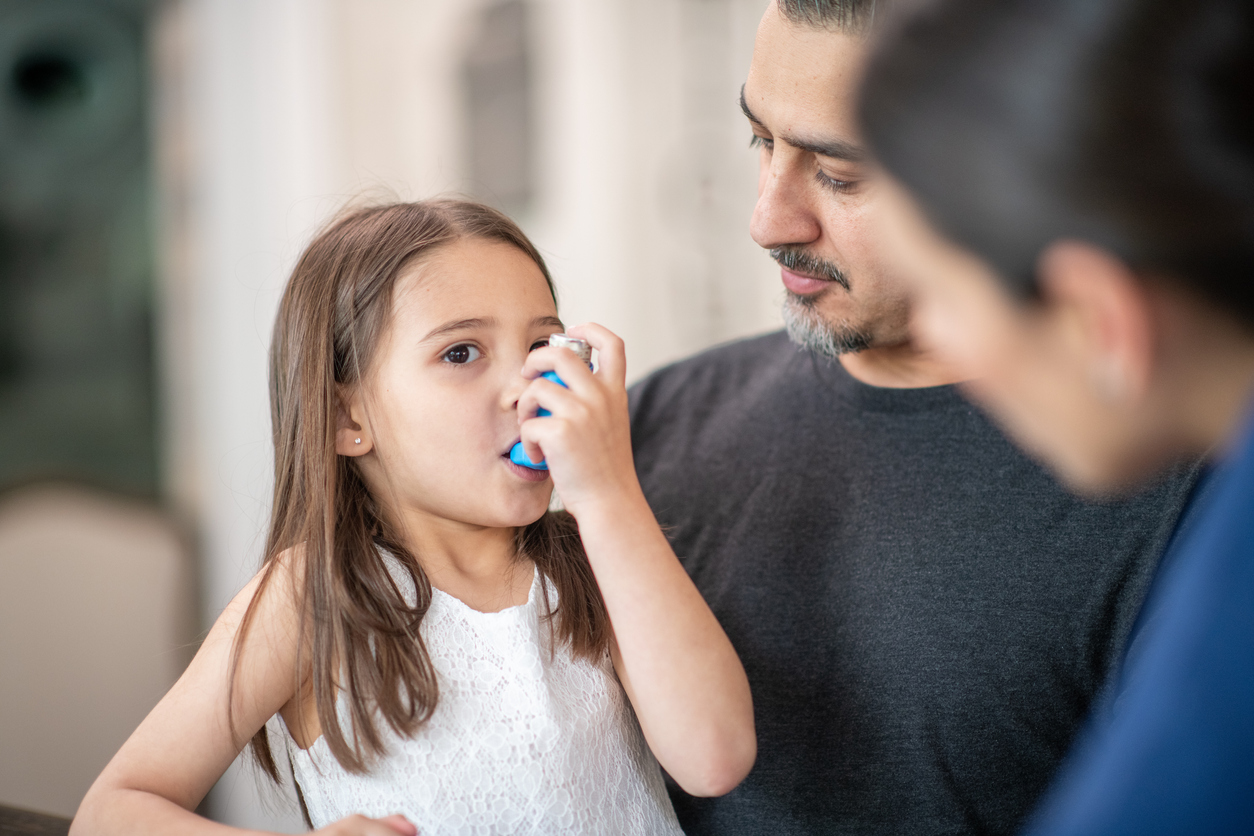Chemicals Used in Making Plastic Could Cause Preterm Birth

Scientists have known for some time that exposure to high levels of phthalates and BPA (chemicals found in many types of plastics) can increase the risk of adverse health effects such as birth defects, endocrine problems, and other health issues.
While previous information from the plastic industry has suggested that low levels of phthalate exposure are safe for humans, the latest news reports the largest study to date – and it shows that phthalate exposure is hard to avoid. In addition to other health problems, this exposure may also increase the risk of preterm birth.
What are phthalates, where are they found, and how can pregnant people minimize their exposure?
What Are Phthalates?
Phthalates (sometimes called plasticizers) are human-made chemical additives in many plastics and personal care products. They have a wide variety of uses, including
- Softening vinyl and plastic
- Making polyvinyl chloride (PVC or synthetic leather)
- Adding strength and durability to plastic packaging such as food containers and water bottles
- Increasing the flexibility of plastic products
- Making plastic items easier to clean
- Insulating wiring for electronic devices
- Acting as a lubricant for substances in personal care items like shampoo or body wash
- Carrying fragrance in personal care items
Where Are Phthalates Found?
A huge number of products and packaging that we use every day contain phthalates, including
- Personal care products (lotions, shampoo, cosmetics, perfume, nail polish)
- Plastic children’s toys and baby bottles
- PVC building materials
- Some detergents and solvents
- Flooring
- PVC plumbing
- Food packaging and food storage containers
- Medical plastics, such as tubing, IV bags, and catheters
- Some time-release medications
- Other consumer products that contain plastic materials, such as toothbrushes and automobile parts
Some phthalates are in polyvinyl chloride plastics, which are used to make household products such as garden hoses and plastic packaging.
In addition, people may come into contact with phthalates from plastics used in conveyor belts, plastic gloves, jar lids, and more. Full-fat dairy and meat products have also been shown to have higher concentrations of phthalates.
Phthalates are forever chemicals. Forever chemicals stay in the environment for a very long time. They seep into the soil and water table, and while they are not allowed to be added directly to foods, they can be found in many foods such as chicken and dairy due to environmental exposure. These chemicals can cause persistent problems.
If you’re interested in the science, you can read more about phthalate exposure to gain a better understanding.
What Problems Can Phthalate Exposure Cause?

Phthalates are easily metabolized by the human body, and chemical exposures to phthalate metabolites have been documented to cause a wide range of problems for human health.
Phthalates are endocrine disruptors – this means that they interfere with the body’s normal hormone function, which can cause developmental, neurological, and growth problems. It can also cause problems with the immune system and neurodevelopmental delays.
Phthalates have also been linked to
- Asthma
- Breast cancer
- Obesity
- Type II Diabetes
- Male infertility
And now we know that phthalate exposure may be one of the risk factors for premature birth.
Why Are Phthalates a Problem for Children's Health?
Premature birth in itself has numerous health implications for children.
Premature babies have a higher risk of:
- Underdeveloped lungs
- Kidney problems
- Jaundice
- Heart problems
- Infections and immune system problems
- Cerebral palsy
- Problems with vision and hearing
- Impaired cognitive function
- ADD / ADHD
- Chronic health problems
- Developmental issues
An increased risk of preterm birth means an increased risk of serious and potentially lifelong health issues.
What Does the New Study Say, Exactly?
A press release from the National Institutes of Health (NIH) announced the results of a study by the U.S. National Institute of Environmental Health Sciences (NIEHS). The study was published in the journal JAMA Pediatrics.
The study pooled data from 16 other studies, which looked at the phthalate metabolites in the urine of pregnant people. 96% of the samples that were analyzed contained phthalate metabolites, and nine percent of the people in the study delivered preterm.
The study finds that pregnant people who were exposed to multiple phthalates during pregnancy have a higher risk of preterm delivery.
Other findings included:
- Higher concentrations of phthalate metabolites were associated with an increased risk of preterm birth
- Exposure to four out of the 11 phthalates found in the urine samples was associated with a 14 to 16% greater risk of premature birth
- These findings were most consistent with regard to phthalate exposure from personal care products.
Kelly Ferguson, Ph.D., the senior scientist on the study, said:
“Having a preterm birth can be dangerous for both baby and mom, so it is important to identify risk factors that could prevent it.”
What Is the Potential Impact of the New Findings?
In the short term, the findings indicate a new risk factor regarding the manufacturing of plastics that pregnant people need to be educated about.
In the long term, hopefully, consumers will demand safer alternatives for everyday products.
How Can Preterm Births Be Prevented?
Barrett Welch, Ph.D., a postdoctoral fellow at NIEHS and the study’s first author says,
“It is difficult for people to completely eliminate exposure to these chemicals in everyday life, but our results show that even small reductions within a large population could have positive impacts on both mothers and their children.”
So, how can we reduce our exposure and improve public health?
- The study suggests avoiding plastic containers, packaging, and wrapping, especially when it comes into contact with food. Instead of packaged, processed foods, families should try to eat fresh, home-cooked food whenever possible.
- Purchasing and storing foods in glass containers may reduce phthalate exposure from food packaging.
- Pregnant people should also choose fragrance-free products, and products labeled phthalate-free wherever possible.
- Lastly, we should all be advocating for companies to change the amount and types of products that contain phthalates. In the European Union, many types of phthalates are classified as toxic chemicals with concern for harm to human reproduction. This has allowed for increased oversight and control over the production of new products containing these potentially harmful chemicals.
What Would the Future Look Like?
According to the study, reducing the overall level of phthalate exposure in pregnant people by half could prevent, on average, 12% of preterm births. Considering that there were more than 383,000 babies born prematurely in the U.S. in 2021, this is a significant number.
To reduce exposure to phthalates in your own home, the National Resources Defense Council suggests a few easy things you can do:
- Wash your hands regularly, especially before eating. This can help reduce the amount of harmful chemical residue on your skin.
- Dust and vacuum often. Phthalates are found in many household products, such as electrical wiring and cords, and the dust from the coating of these products may increase your exposure.
- Store your leftover food in glass or stainless steel containers, and avoid microwaving plastic products.
- Choose to substitute a reusable stainless-steel water bottle for plastic single-use water bottles (this has the added benefit of helping to reduce plastic waste and plastic pollution)
- Choose personal care products and products for your family which are labeled phthalate-free.
- Choose fragrance-free personal care items such as soap, shampoo, and lotion.
More research is needed in order to more accurately understand the effects on humans of exposure to phthalates.
It’s very difficult to avoid phthalates due to the number of plastics and other phthalate-containing products in our environment. But this study suggests that even a small reduction in exposure could reduce the risk of premature birth.

